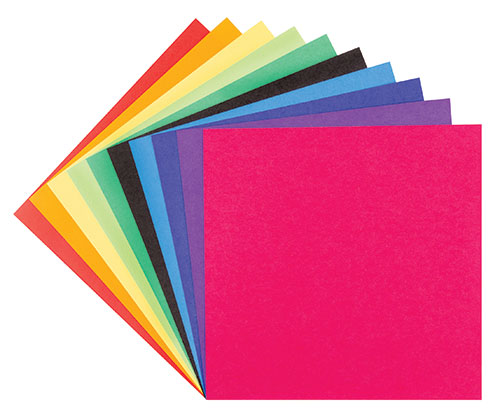Mastering the Art of High-Quality Paper Printing: Techniques and Tips

In today's digital age, where everything seems to be moving towards a screen, the value of high-quality paper printing remains unparalleled. Whether it's for professional documents, artistic creations, or personal projects, achieving exceptional print results is essential. This blog post will delve into the intricacies of printing high-quality paper, providing you with expert techniques and tips to ensure your prints stand out from the crowd.
- Understanding Paper Types:
To achieve high-quality prints, it is crucial to select the right paper type for your specific needs. Different papers offer varying textures, weights, and finishes, each suited for different purposes. For instance, glossy paper is ideal for vibrant photographs, while matte paper enhances text clarity. By understanding the characteristics of various paper types, you can make informed decisions to optimize your print quality. - Choosing the Right Printer:
Investing in a high-quality printer is paramount for achieving exceptional print results. Consider factors such as resolution, color accuracy, and ink technology when selecting a printer. Inkjet printers are popular for their ability to produce sharp images and vibrant colors, while laser printers excel in producing crisp text and graphics. Researching and comparing different printer models will help you find the perfect match for your printing needs. - Calibrating Your Printer:
Calibrating your printer is a crucial step in ensuring accurate color reproduction and optimal print quality. Most printers offer built-in calibration tools or software that allow you to adjust color settings, brightness, and contrast. Regularly calibrating your printer will help maintain consistent and accurate prints, especially when working on projects that require color precision. - Utilizing Color Management:
Color management plays a vital role in achieving high-quality prints. By utilizing color profiles and color management software, you can ensure that the colors you see on your screen are accurately reproduced on paper. Understanding color spaces, such as RGB and CMYK, and converting them appropriately for printing, will help you achieve consistent and vibrant prints. - Optimizing Image Resolution:
To achieve high-quality prints, it is essential to use images with sufficient resolution. Low-resolution images may appear pixelated or blurry when printed. Aim for a resolution of at least 300 dots per inch (DPI) to ensure sharp and detailed prints. Additionally, consider the dimensions of your image and the desired print size to maintain optimal clarity. - Post-Processing and Finishing:
Post-processing techniques, such as sharpening, noise reduction, and color correction, can further enhance the quality of your prints. Utilize image editing software to fine-tune your images before printing. Additionally, consider finishing options such as laminating or framing to protect and enhance the appearance of your prints.
Conclusion:
Printing high-quality paper requires a combination of technical knowledge, attention to detail, and the right tools. By understanding paper types, choosing the right printer, calibrating your device, managing colors effectively, optimizing image resolution, and utilizing post-processing techniques, you can achieve exceptional print results. Remember, the key to mastering the art of high-quality paper printing lies in continuous learning, experimentation, and a passion for creating visually stunning prints.



